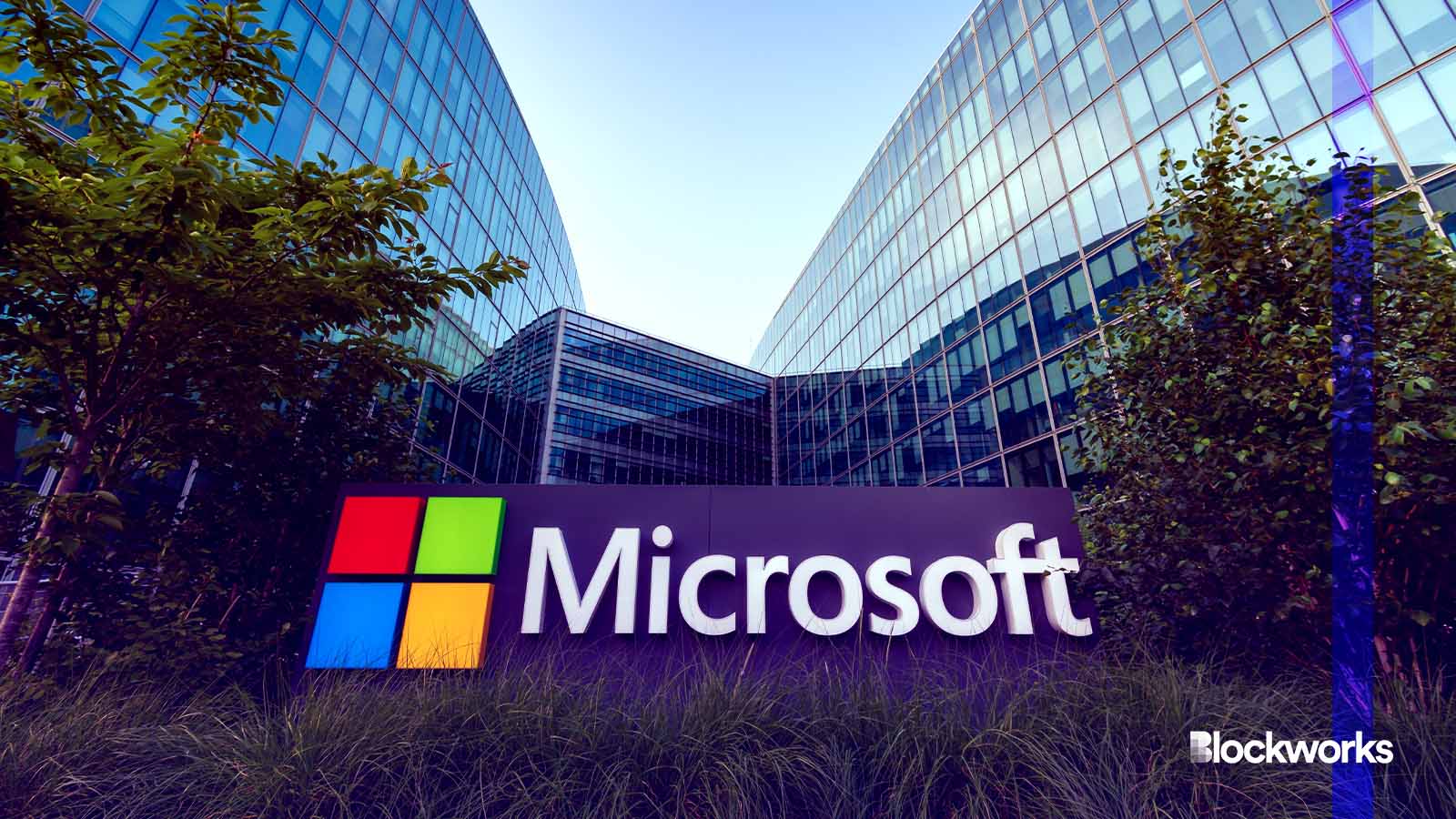Consensys invites Big Tech to decentralized infrastructure network
Consensys is teaming up with some heavy-hitting partners to build out Infura’s Decentralized Infrastructure Network

HJBC/Shutterstock modified by Blockworks
One of the core value propositions of blockchain technology is its resilience, which follows from decentralized and redundant infrastructure. Yet components vital to the everyday use of crypto rails, such as RPC nodes, often still rely on a centralized architecture, making them vulnerable.
To address this, Infura, a leading Web3 API provider and a part of Consensys, revealed its collaboration with 18 major internet infrastructure companies, including Microsoft and Tencent Cloud. This alliance, kicked off at Devconnect in Istanbul, aims to establish the Decentralized Infrastructure Network (DIN).
DIN, described as a decentralized RPC-as-a-service, is a new venture that provides developers with a robust, scalable, and highly reliable blockchain infrastructure.
RP-what-now?
To get the gist of an RPC node’s role, imagine a blockchain as a large, bustling restaurant kitchen where dishes (transactions and blocks) are continuously being prepared, served and recorded (the blockchain ledger).
In this kitchen, the chefs (nodes) are busy preparing dishes, with each dish representing a piece of transactional data or a block in the blockchain.
Now, as a customer (user), you can’t just walk into the kitchen to order a dish, or check on the progress of the Beef Wellington. Instead, you interact with a waiter (the RPC node) as your point of contact. When you want to place an order (make a transaction), or check if that take out order you phoned in earlier is ready (query transaction data), or pay your check (add a new block), you call the waiter.
The waiter takes your request, goes into the kitchen, and conveys it to the chefs. They find the right dish in the restaurant’s culinary oeuvre (locate the correct data in the blockchain), prepare it (process a transaction) and eventually you enjoy a nice meal (transaction confirmed).
In technical terms, the RPC node acts as an intermediary that helps users interact with the blockchain. It processes users’ requests, translates them into actions that the blockchain network can understand, and then returns the results or confirmation back to the user. This makes the whole process more manageable and efficient.
Decentralization is resilience
At least most of the time.
Infura and its chief rival Alchemy are responsible for the majority of RPC node infrastructure — 70% to 80% according to Konstantin Zaitcev at DRPC, a decentralized RPC provider to Ethereum and connected chains. So, when one or the other goes down, it can have a significant impact on the ability of most users to access decentralized apps.
A major outage in Infura’s nodes in April 2022, for instance, made it difficult for MetaMask users to reach Ethereum applications for several hours. (The Ethereum blockchain itself has never gone down.) MetaMask, another Consensys company, uses Infura by default, but users have the ability to manually set their own RPC provider.
Ensuring reliability will undoubtedly become more important as Web3 gains adoption. Eugene Yeo, technical director at node provider Luscent.io, considers the DIN analogous to electric utilities, without which “our modern life could not exist,” suggesting that uninterrupted blockchain access will be of similar importance.
“It’s a step in the right direction,” Zaitcev told Blockworks, but added, “it’s really early to speak about a ‘decentralized solution,’ and quite early, even, regarding [a] ‘distributed’ one,” he added.
Other node providers, such as Ankr, have been focused on decentralizing this aspect of Web3 infrastructure for years.
“Decentralizing RPC infrastructure is not just a trend for us; it’s a commitment to a more robust and scalable decentralized ecosystem,” Josh Neuroth, Ankr’s vice president of product, told Blockworks. “It’s gratifying to see other providers recognizing the importance of our approach.”
Consensys’ announcement, made at the Decentralized RPC Summit during DevConnect in Istanbul, highlights the collective effort of 19 partner organizations. These include Grove, Covalent, and other leading names in the technology sector.
Covalent’s ecosystem head Erik Ashdown said the DIN partnership “embodies the ethos of crypto and the phrase a rising tide raises all ships.”
The ultimate goal of DIN is full decentralization, a process that will evolve progressively. The network plans to expand its membership and collaboratively develop a roadmap toward this ambitious goal.
DRPC plans to help, Zaitcev said, “because, eventually, the market will decide, and we need to collaborate more with each other.”
“Currently, Infura works only in the USA,” he noted, meaning “they can’t provide good latency for the rest of the world.” DIN may be able to help them address these shortcomings, he said. Blockworks reached out to Consensys for clarification.
“From my perspective, it could be better to support one of the existing players instead of creating their own [decentralized network], but maybe they will create something cool as well,” Zaitcev said.
One of the key differences between the two approaches is that Infura operates its own nodes, and Zaitcev said these are likely to handle the majority of the RPC requests — even in this more distributed vision.
“In our case, we don’t have our own nodes — we concentrate on developing the best possible solution, not maintaining nodes,” he said.
The status quo is like comparing a local farmer’s market with Walmart, Zaitcev said.
At the market, for every vendor, “each sale is really important, and they take care of their vegetables and service,” he said. “But big shops can sell you anything they want at the price they want — you can choose from the options that the shop provides you [and] probably it will be modified tomatoes without taste.”
Decentralized solutions democratize access to markets — at least in theory — which should allow service providers to compete on quality above all else.
Get the news in your inbox. Explore Blockworks newsletters:
- The Breakdown: Decoding crypto and the markets. Daily.
- 0xResearch: Alpha in your inbox. Think like an analyst.






